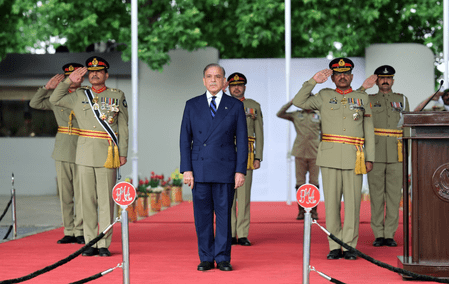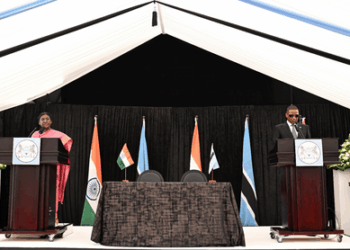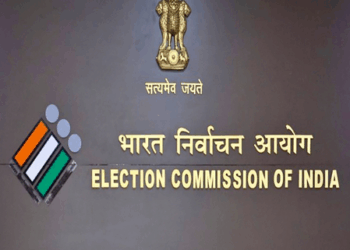Colombo, November 12:
Pakistan’s recently passed 27th Constitutional Amendment Bill has sparked intense debate, with analysts warning that it effectively formalises the military’s supremacy within the country’s constitutional framework. According to a report by the Sri Lanka Guardian, the amendment, passed on November 8, 2025, marks a decisive transformation in Pakistan’s power structure, ending any meaningful civilian control over national security and foreign policy.
The amendment establishes the post of Chief of Defence Forces (CDF), consolidating command over the Army, Navy, and Air Force, while abolishing the position of the Chairman, Joint Chiefs of Staff Committee. Although the bill is presented as a reform to improve inter-service coordination and operational efficiency, critics argue that it institutionalises military dominance and marginalises democratic institutions.
At the centre of this structural overhaul is Army Chief Field Marshal Asim Munir, who will become the country’s first CDF. The amendment to Article 243 grants him lifelong privileges, retention of rank, and presidential-level immunity, while also giving him authority over strategic, nuclear, and intelligence assets. A new position, the Commander of the National Strategic Command, to be appointed on the CDF’s recommendation, further centralises military power.
Opposition parties, civil society groups, and legal experts have condemned the legislation as “person-specific,” designed to perpetuate the military establishment’s control and shield it from parliamentary or judicial oversight. The ruling coalition’s endorsement of the bill, they claim, underscores its dependence on the armed forces.
The Sri Lanka Guardian report concludes that the amendment completes Pakistan’s transformation into a system where “the Army is both guardian and governor,” hollowing out democratic governance and entrenching militarisation. It warns that such consolidation of power could intensify internal repression, particularly in Balochistan, and reshape South Asia’s strategic balance.

















